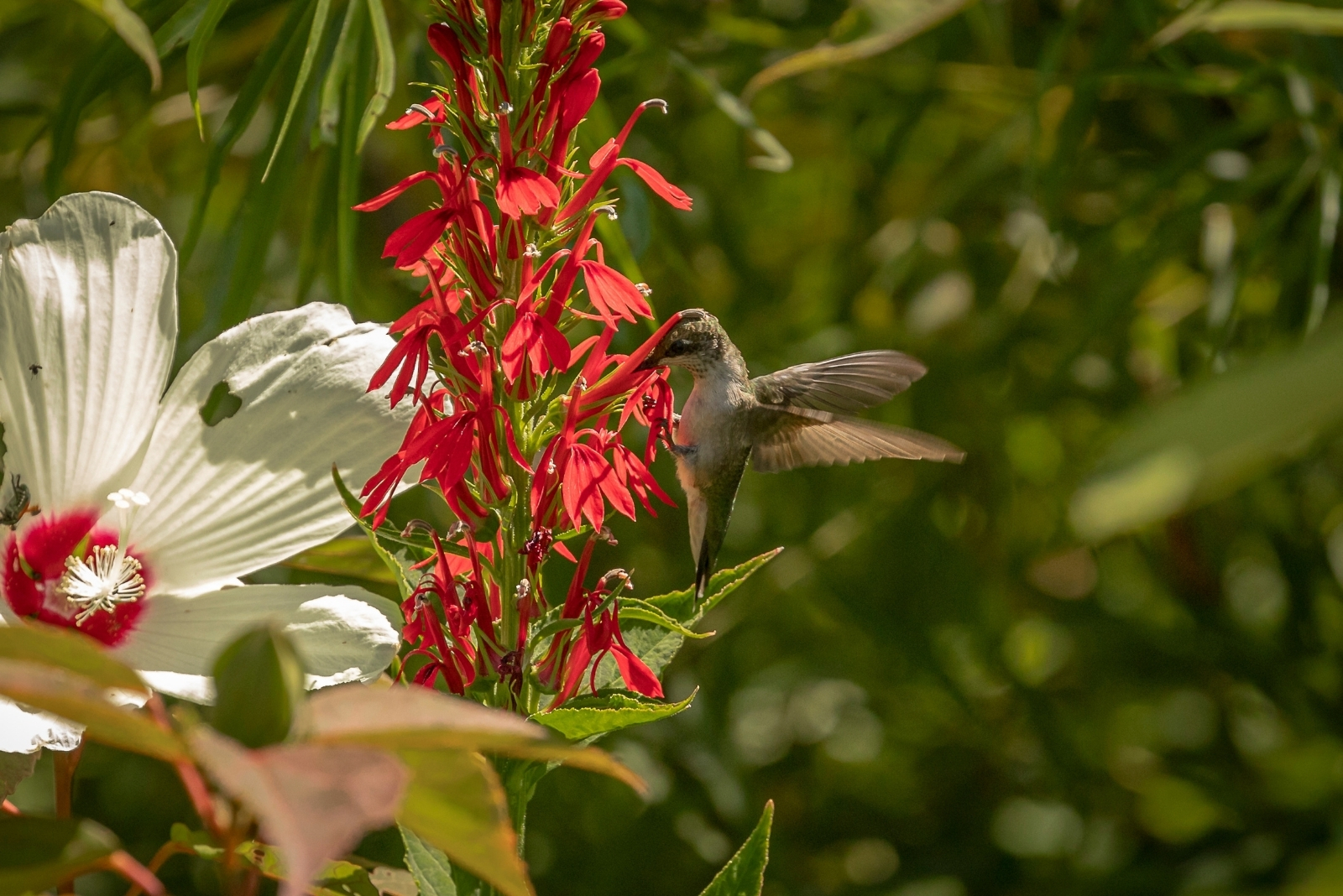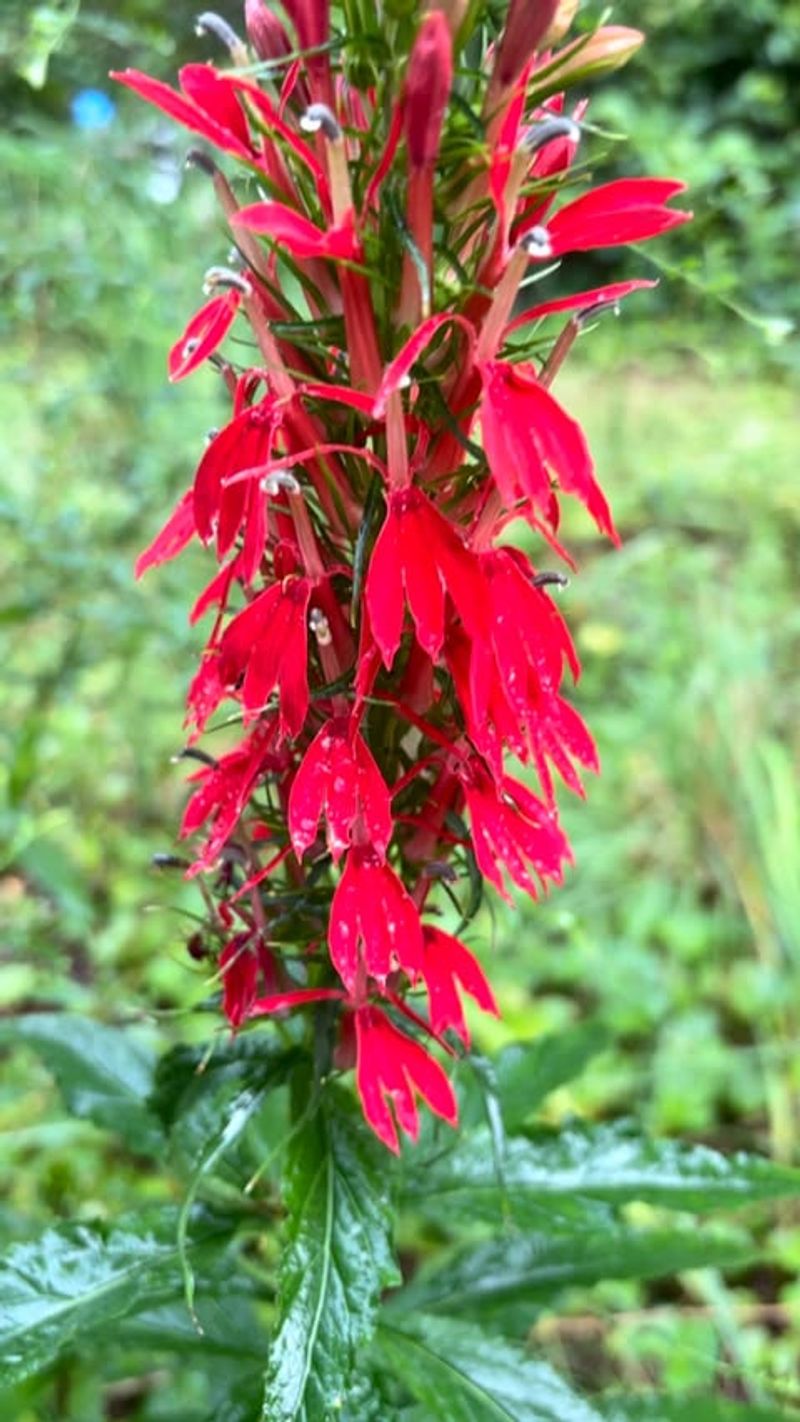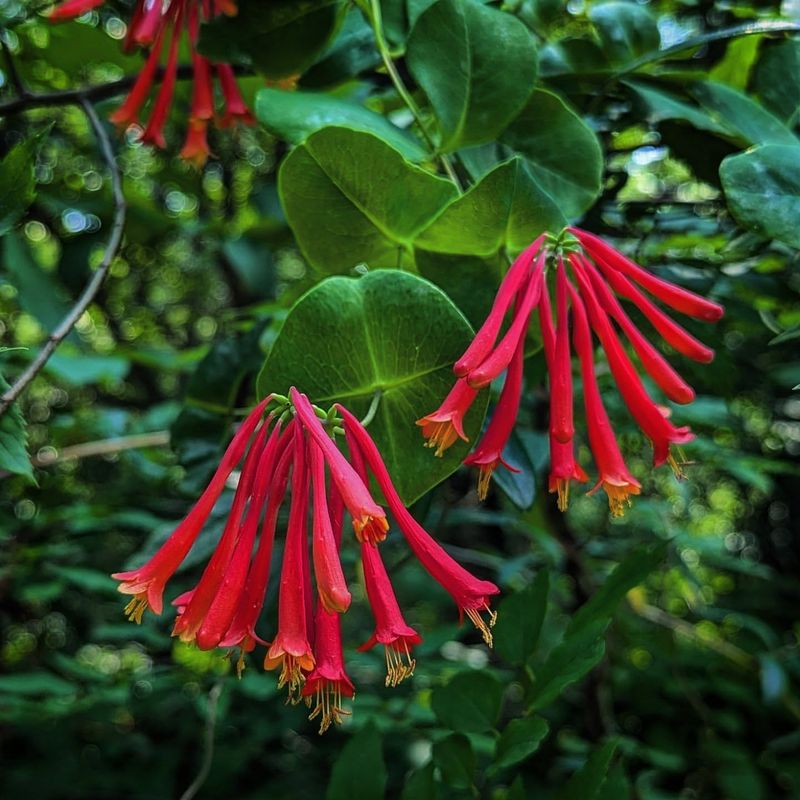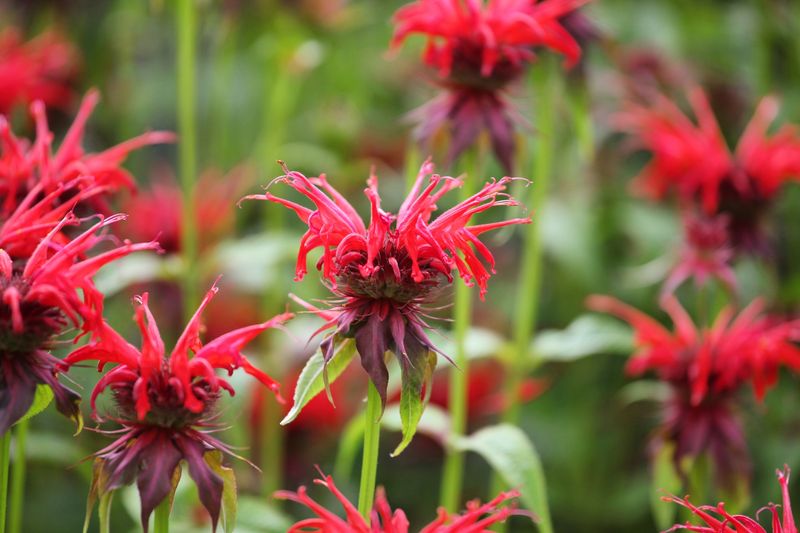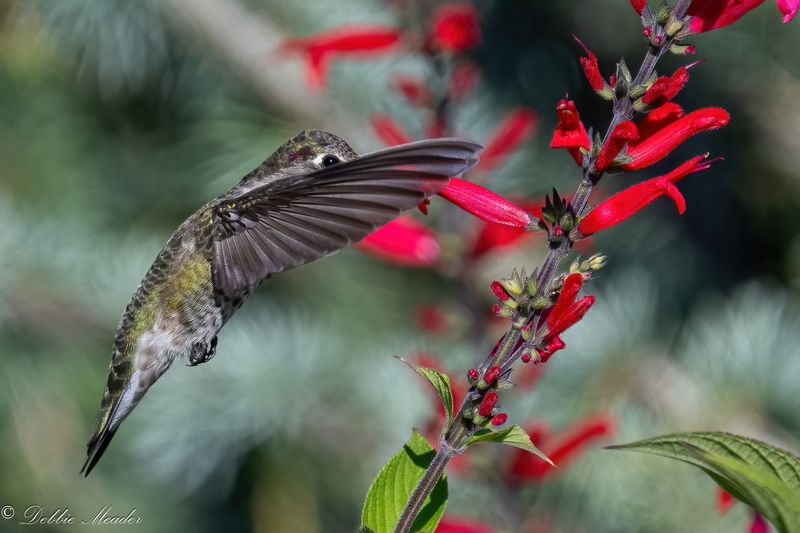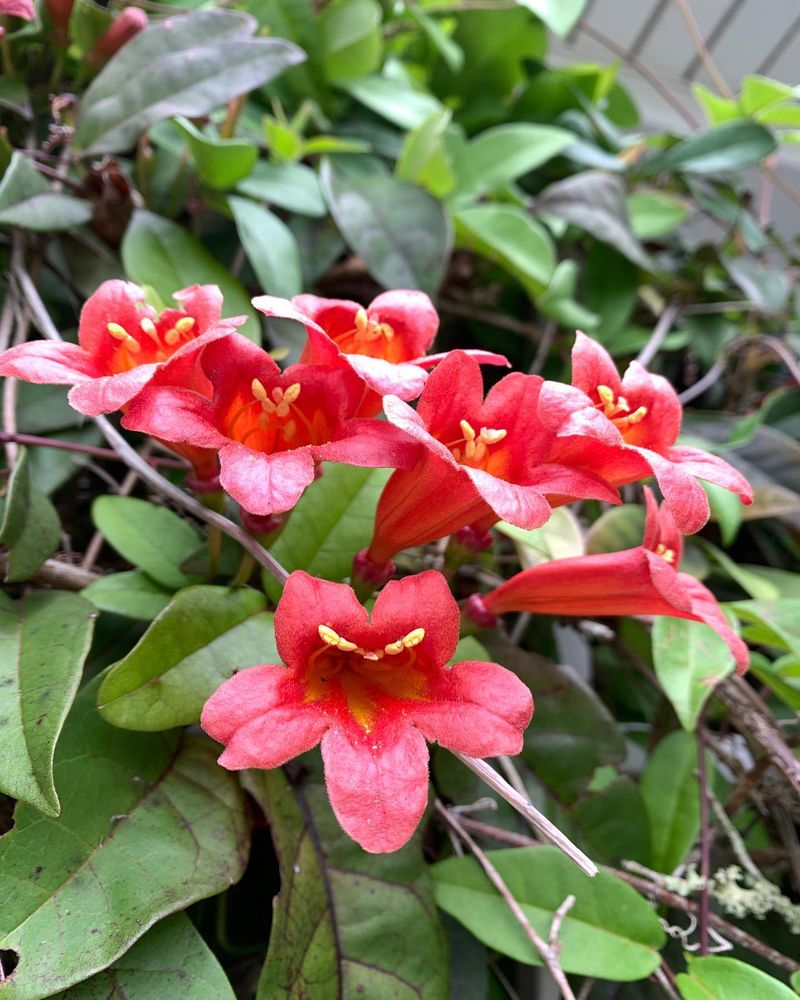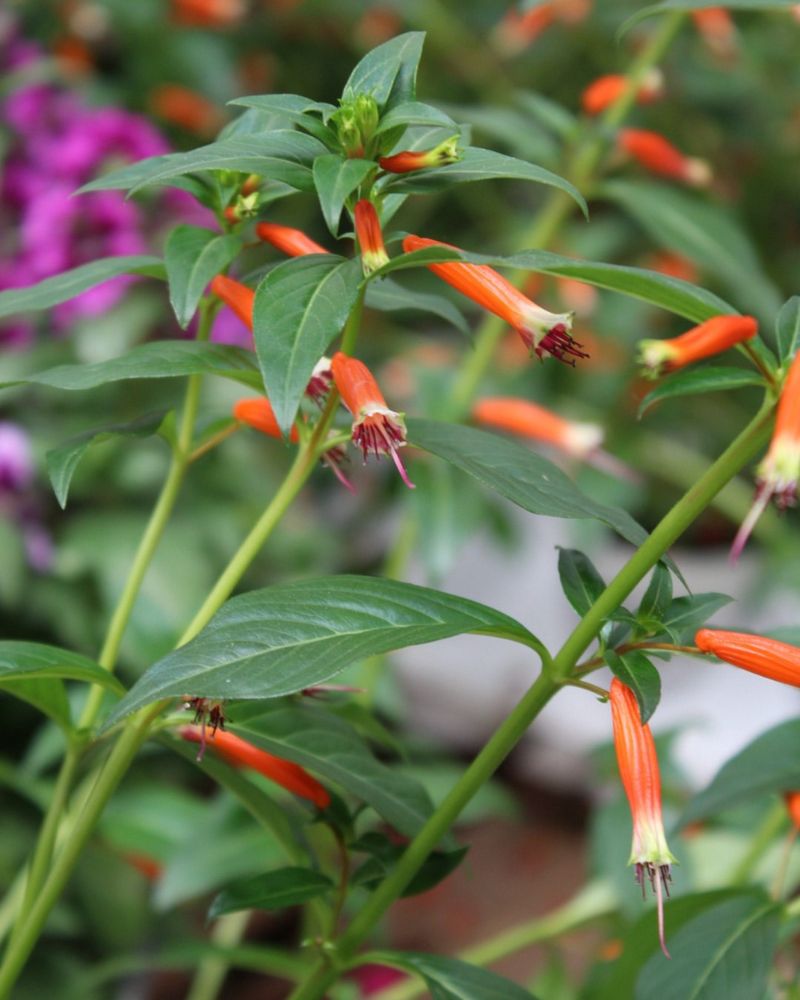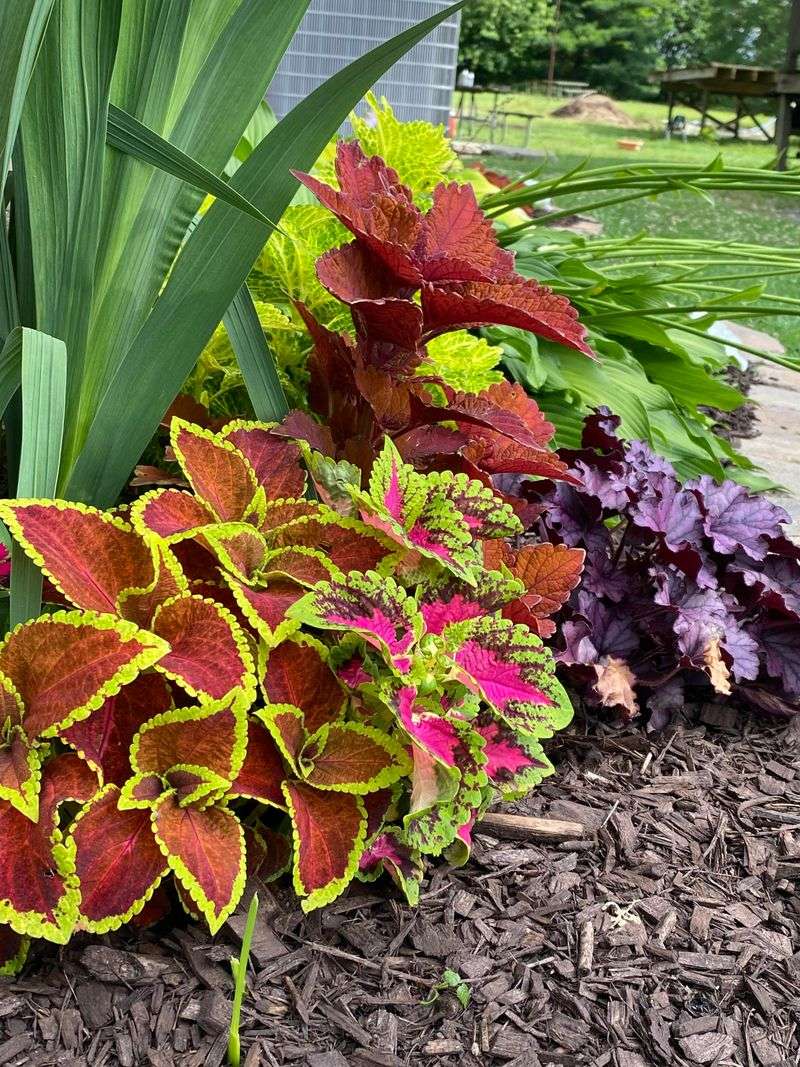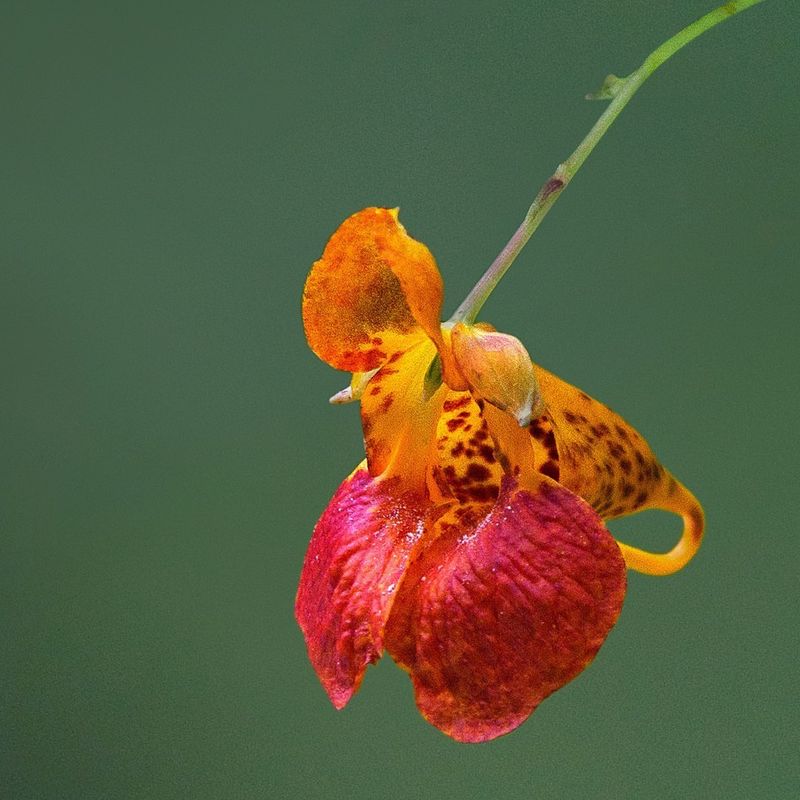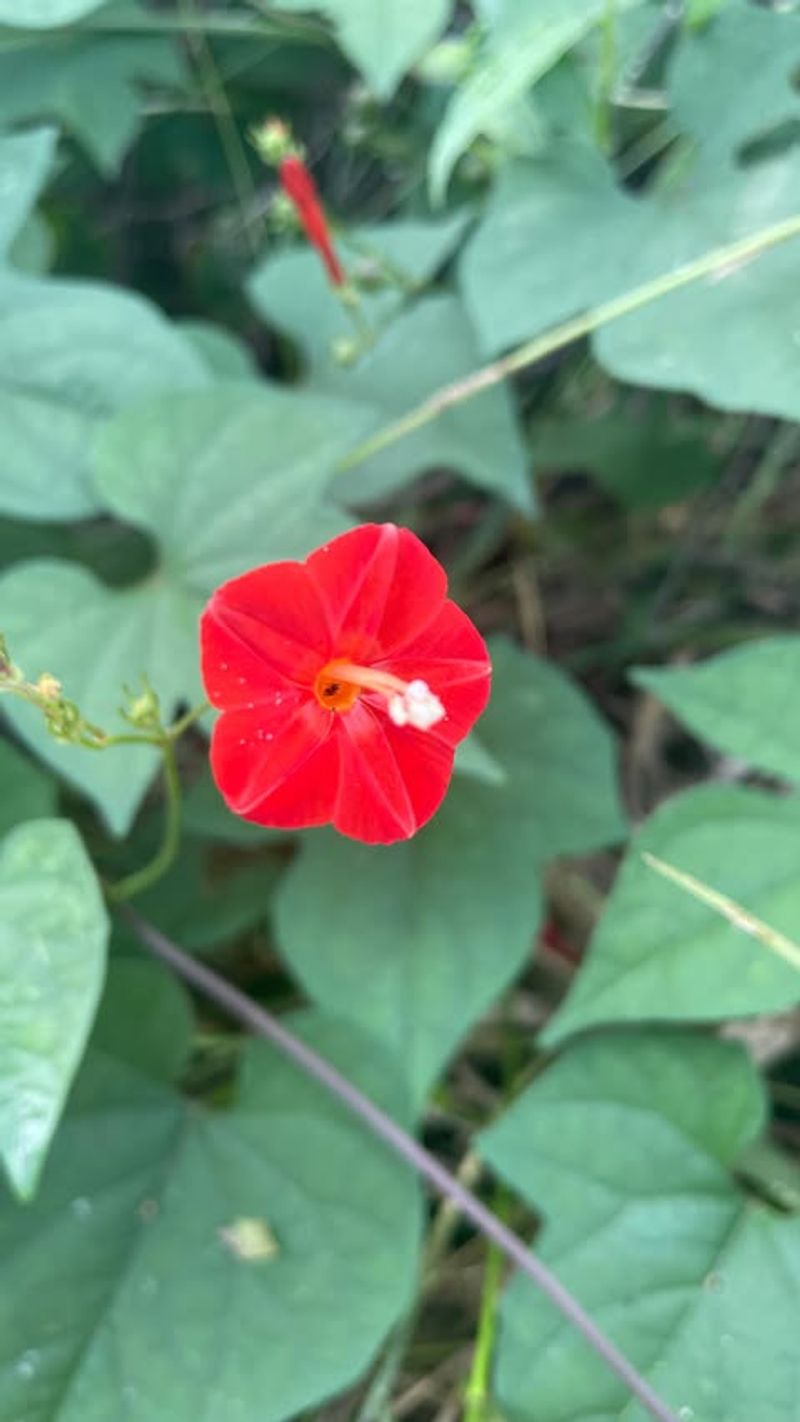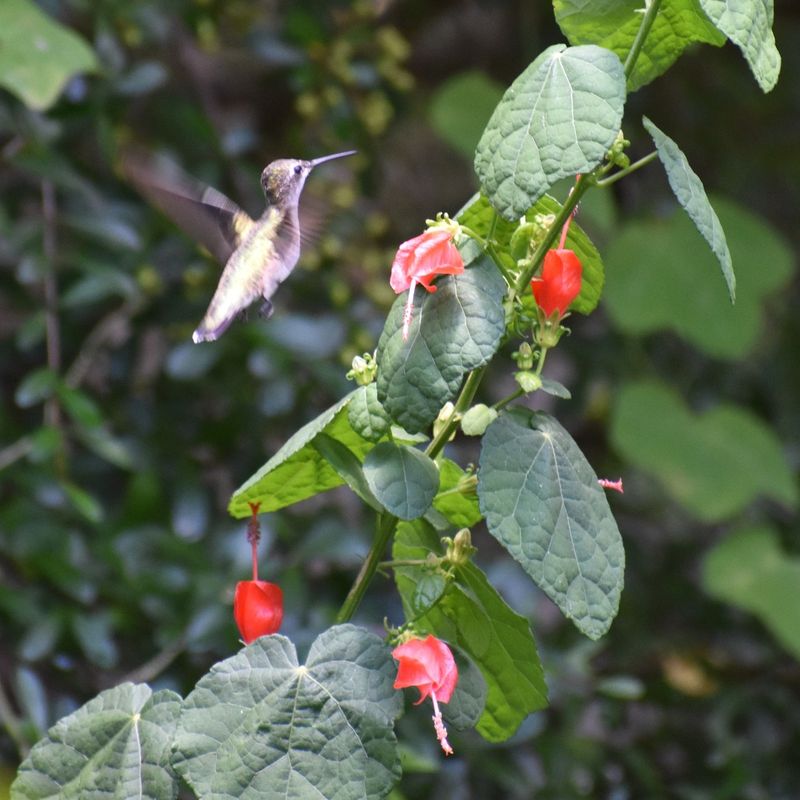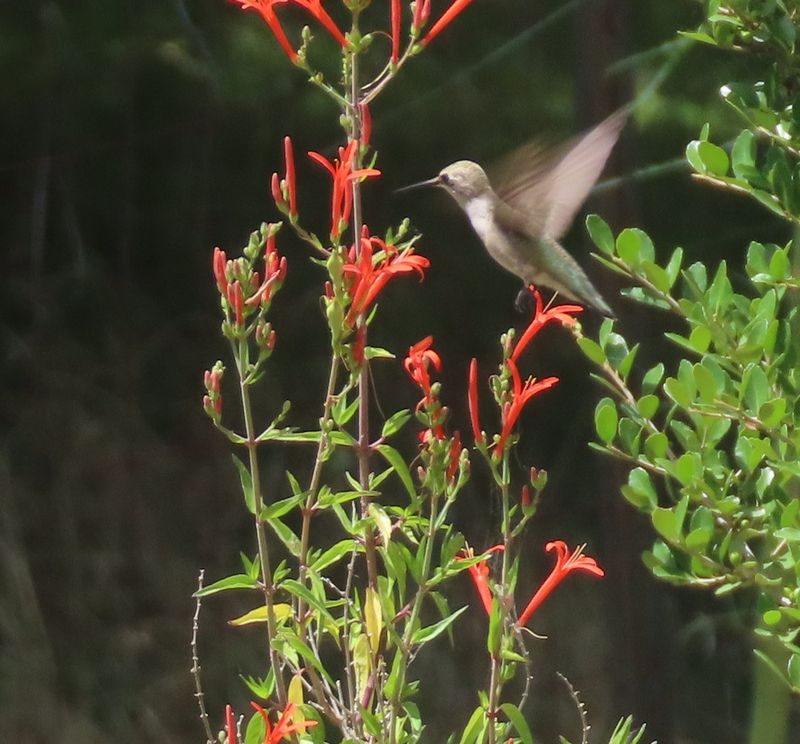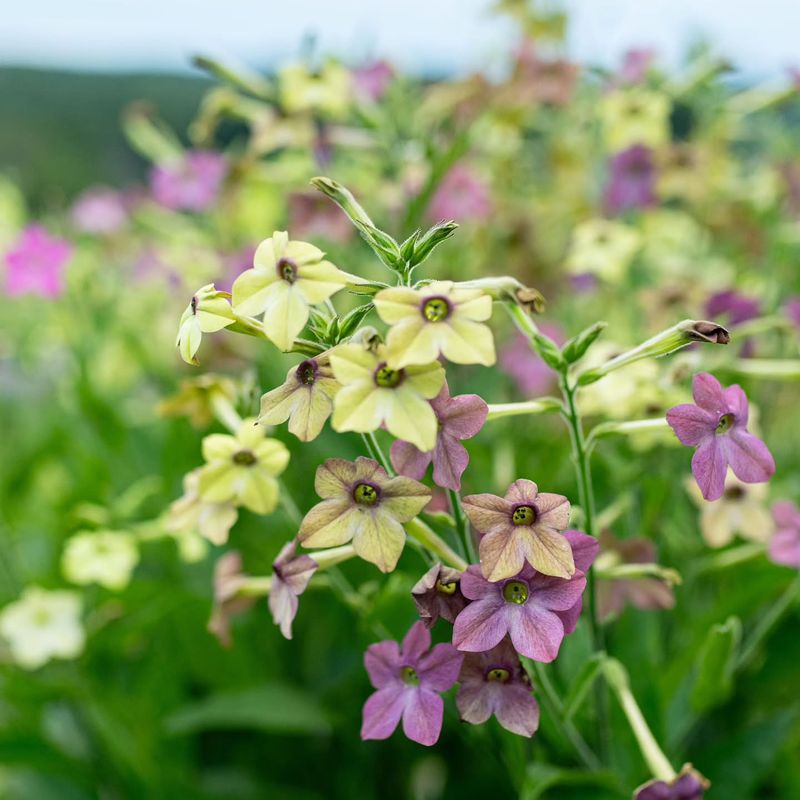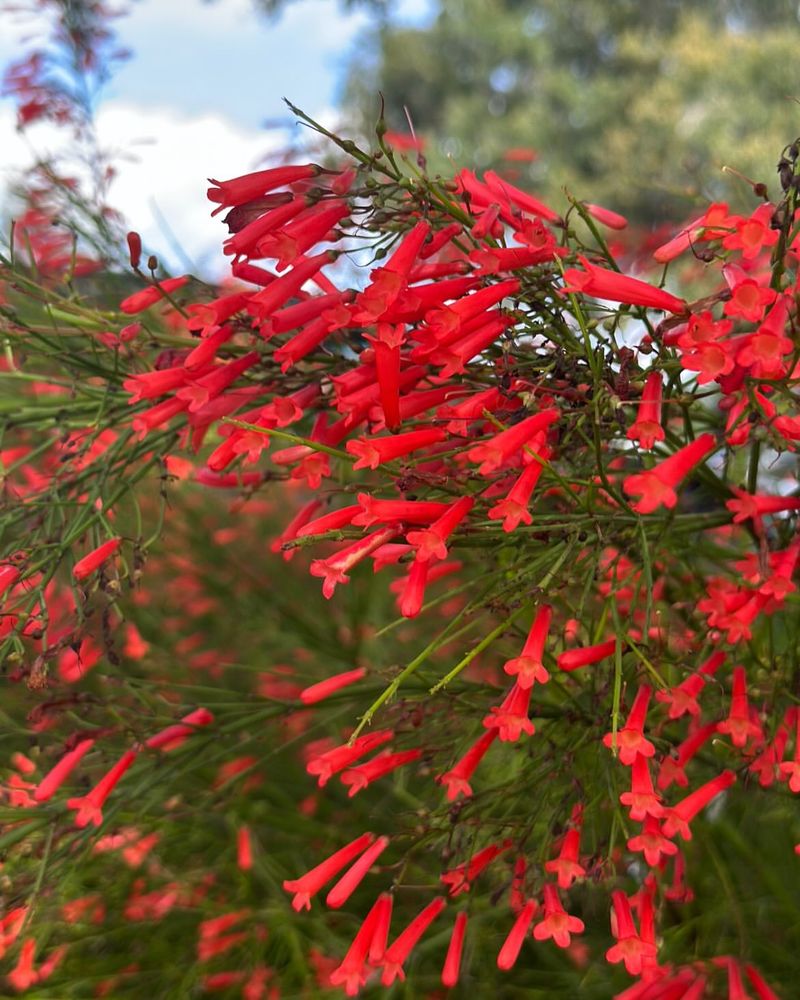If you want to see hummingbirds flitting through your garden, North Carolina’s climate offers some fantastic opportunities. I’ve planted a variety of flowers myself, and a few unusual types seem to be irresistible to these tiny visitors.
These blooms don’t just look beautiful—they attract a delightful burst of wildlife to your yard. With the right choices, you can enjoy both color and movement all season long.
Let’s explore the flowers that hummingbirds can’t resist in North Carolina.
1. Cardinal Flower
Vibrant red spikes that seem to glow in North Carolina gardens from mid-summer through fall. Hummingbirds can spot these brilliant blooms from impressive distances.
Native to moist areas across the state, these perennials thrive in partial shade and reach up to 4 feet tall. Their tubular shape perfectly matches a hummingbird’s specialized bill.
2. Trumpet Honeysuckle
Unlike its invasive Japanese cousin, this native vine offers gorgeous coral-red trumpets that hummingbirds absolutely adore. The sweet nectar inside each bloom is a powerful attractant.
Many North Carolina gardeners train this well-behaved climber on trellises or fences. It provides reliable blooms from spring through summer with minimal maintenance.
3. Bee Balm
Quirky, spiky blooms that look like exploding fireworks in shades of red, pink, and purple. Hummingbirds hover enthusiastically around these aromatic flowers all summer long.
Throughout North Carolina gardens, bee balm creates a spectacular display while attracting multiple pollinators. The mint family member spreads readily, filling spaces with its distinctive scent and showstopping flowers.
4. Pineapple Sage
Late-season scarlet spikes emerge just as many North Carolina hummingbirds are fueling up for migration. The bright red blooms contrast beautifully against the aromatic foliage.
Crush a leaf between your fingers and enjoy the surprising fruity scent that gives this sage its name. Though not winter-hardy in all parts of the state, it’s worth replanting annually for its fall show.
5. Crossvine
Trumpet-shaped orange-red blooms appear abundantly in spring, creating a spectacular show on fences and arbors across North Carolina. Hummingbirds return to these rich nectar sources repeatedly.
Unlike many vines, crossvine maintains attractive evergreen foliage year-round in most parts of the state. Its strong clinging ability means no tying or training is needed as it climbs.
6. Cigar Plant
Tubular red-orange blooms tipped with white resemble tiny lit cigars and produce copious nectar that drives hummingbirds wild. The continuous blooming habit makes it incredibly valuable in North Carolina gardens.
Grow this tender perennial in containers to bring indoors during winter in cooler parts of the state. Its compact size makes it perfect for patios where you can enjoy close-up hummingbird visits.
7. Coral Bells
Delicate sprays of tiny bell-shaped flowers hover above attractive foliage on slender stems. Though small, these blooms produce surprising amounts of nectar that North Carolina hummingbirds eagerly seek out.
Modern varieties offer stunning leaf colors from purple to caramel, making them garden standouts even when not flowering. Their shade tolerance makes them versatile throughout different garden locations across the state.
8. Jewelweed
Spotted orange flowers dangle like exotic earrings along succulent stems in moist areas. Many North Carolina gardeners discover hummingbirds visiting these native wildflowers without any special planning.
Found naturally along streams and woodland edges throughout the state, jewelweed thrives in spots too wet for many other plants. Its seed pods explosively pop when touched, delighting children and spreading more plants.
9. Scarlet Morning Glory
Brilliant red star-shaped flowers open each morning on this vigorous vine that’s actually unrelated to common morning glories. North Carolina gardeners appreciate its tropical look and hummingbird-attracting abilities.
Unlike its invasive blue cousin, this cypress vine remains manageable in the garden. The delicate, feathery foliage creates a beautiful backdrop for the striking flowers throughout the summer months.
10. Turk’s Cap
Unusual twisted red petals never fully open, creating a turban-like appearance that gives this plant its common name. The unique flower shape perfectly accommodates a hummingbird’s feeding style.
Growing in partly shaded spots across North Carolina, this heat-tolerant perennial blooms when many other plants have faded in late summer. Its relaxed habit works well in natural garden settings.
11. Flame Acanthus
Fiery orange-red tubular blooms cover this drought-tolerant shrub from summer until frost. North Carolina gardeners in drier areas particularly value its ability to attract hummingbirds without excessive watering.
Native to the southern United States, this woody perennial creates an informal hedge in sunny locations. The small, narrow leaves provide a perfect background for the vibrant flowers that hummingbirds can’t resist.
12. Flowering Tobacco
Sweet-scented, trumpet-shaped blooms open in late afternoon, offering nectar to hummingbirds during their evening feeding rounds. Many North Carolina gardeners are surprised to discover these birds visiting well into dusk.
Modern varieties come in shades from white to deep pink and red. The sticky foliage deters many garden pests, making this annual particularly easy to grow throughout the state.
13. Firecracker Plant
Arching stems covered with tubular red blooms create a fountain-like effect that’s irresistible to hummingbirds. The unusual growth habit makes this plant a standout in North Carolina container gardens.
Despite its tropical origins, this plant thrives during hot Carolina summers. Its drought tolerance once established makes it remarkably low-maintenance while providing continuous blooms that keep hummingbirds returning.

